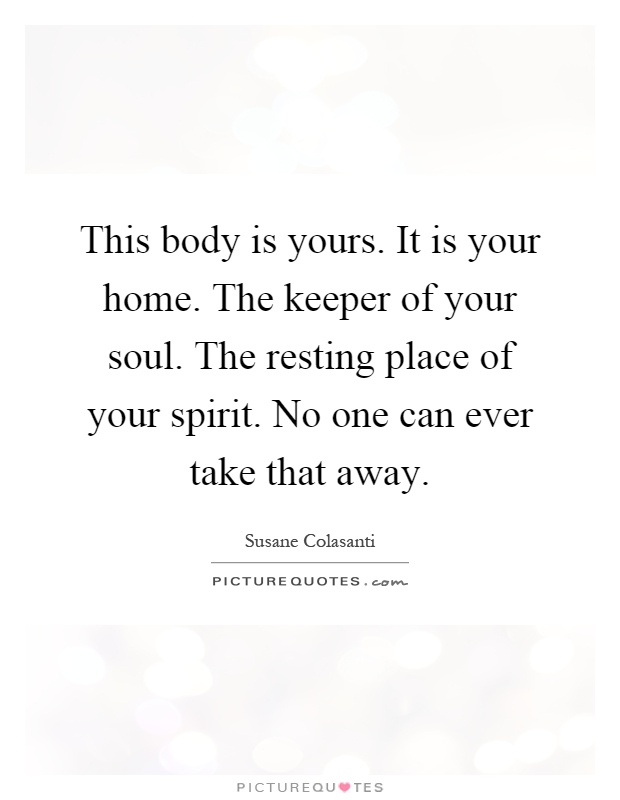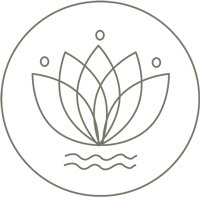
When I say home, I mean our bodies. After experiencing trauma, our minds change and the connection between our minds and bodies may be broken. We may no longer feel safe in our own bodies.
So what is trauma. I could give you the textbook definition of trauma that is listed in the Diagnostic Statistical Manual of Mental Disorders (DSM). Let’s be real, you can just look that up. Plus, I view trauma in a broader way than a checklist of criterion.
Don’t get me wrong, that checklist is there for a reason. I simply choose to be a bit more inclusive of what I consider trauma.
Trauma, to me, is any experience that leaves a person feeling unsafe. When we feel unsafe, our sympathetic nervous system gets activated; basically, we go into fight or flight mode. This puts our brain in high alert where it is constantly checking the environment for what is safe and what is not.
Usually, once we realize that we are safe and there is not a threat, we will come down from that place of constant alertness. Yet, for people who have experienced constant and complex trauma, without the experience of coming down and processing their experiences, they are in a place of constant unsafety and alertness.
Can you even imagine?
That is when the connection between your mind and body may break. Our mind may block out the traumatic experiences as a way of protecting itself. This is why many people who experience trauma may have some trouble remembering their experiences.
At the same time, our bodies remember. As a therapist, I want to use our bodies as a gateway to access and process trauma that people may not even remember. Yoga provides the opportunity to access a person’s true and full experience, while helping them begin the process to feel safe again in their own bodies, to feels safe again in their home.
